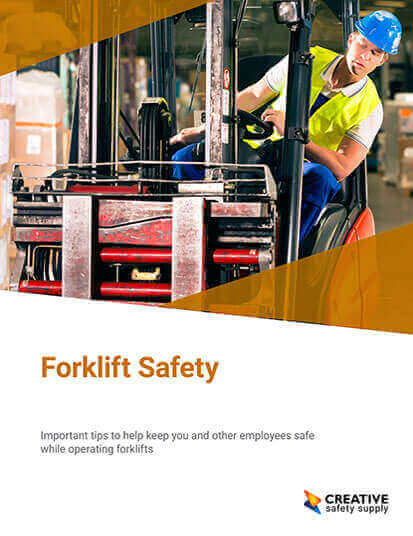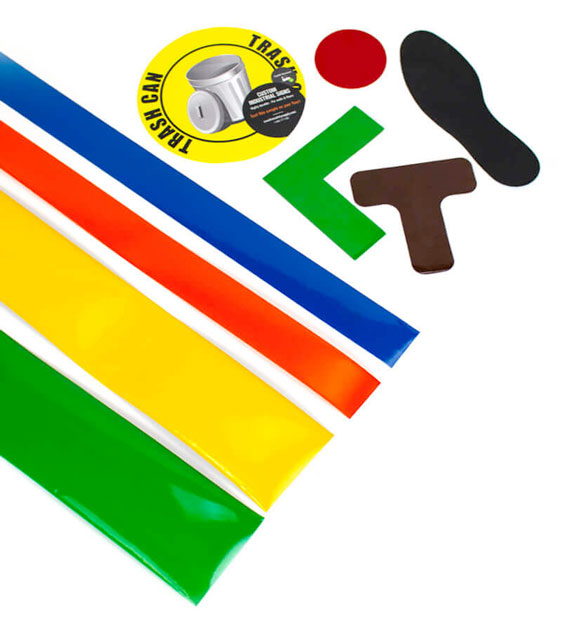
Forklift safety is a complex subject. All facilities need to make sure that they are doing everything they can to ensure forklifts are being operated in a way that is as safe as possible. While there are many different forms of personal protection equipment, visual communication, operation requirements, and other things that can be done to improve safety, it is often the simplest things that make the biggest difference.
Anyone who operates a forklift in your facility should know that they are absolutely required to wear a seatbelt at all times. Even if they are only moving the forklift a few feet or adjusting the height of the forks. Putting the seatbelt on only takes a few seconds, and can help to reduce the risk of accidents or injuries dramatically. This is, of course, in addition to the fact that wearing a seatbelt while operating a forklift is required by OSHA.
While many experienced operators are tempted to leave the seatbelt off, especially for quick jobs, this should never be permitted. If the forklift is bumped, goes down a decline, or has any other type of issue, the seatbelt will help to keep the operator firmly in place. Keeping the operator in their seat will give them the best possible chance at maintaining control over the forklift so that they can keep themselves and everyone else in the area safe. A seatbelt will also keep the operator firmly in place in the event that they have a stroke, seizure, or experience some other type of problem. Keeping them within the forklift will minimize the risk that they would be injured due to falling out of their seat.
Similar Questions
- What PPE is Required for Forklift Operators?
- What are the Most common Forklift Accidents?
- How Can I Improve Forklift Safety in My Facility?
- Why is Forklift Safety Important?
- Do forklift operators need to be certified?
- Can forklifts carry passengers?
- How can Visual Communication Reduce Forklift Injury or Accident?
- How are Forklifts Safely Operated?
- Why is forklift safety training important?

